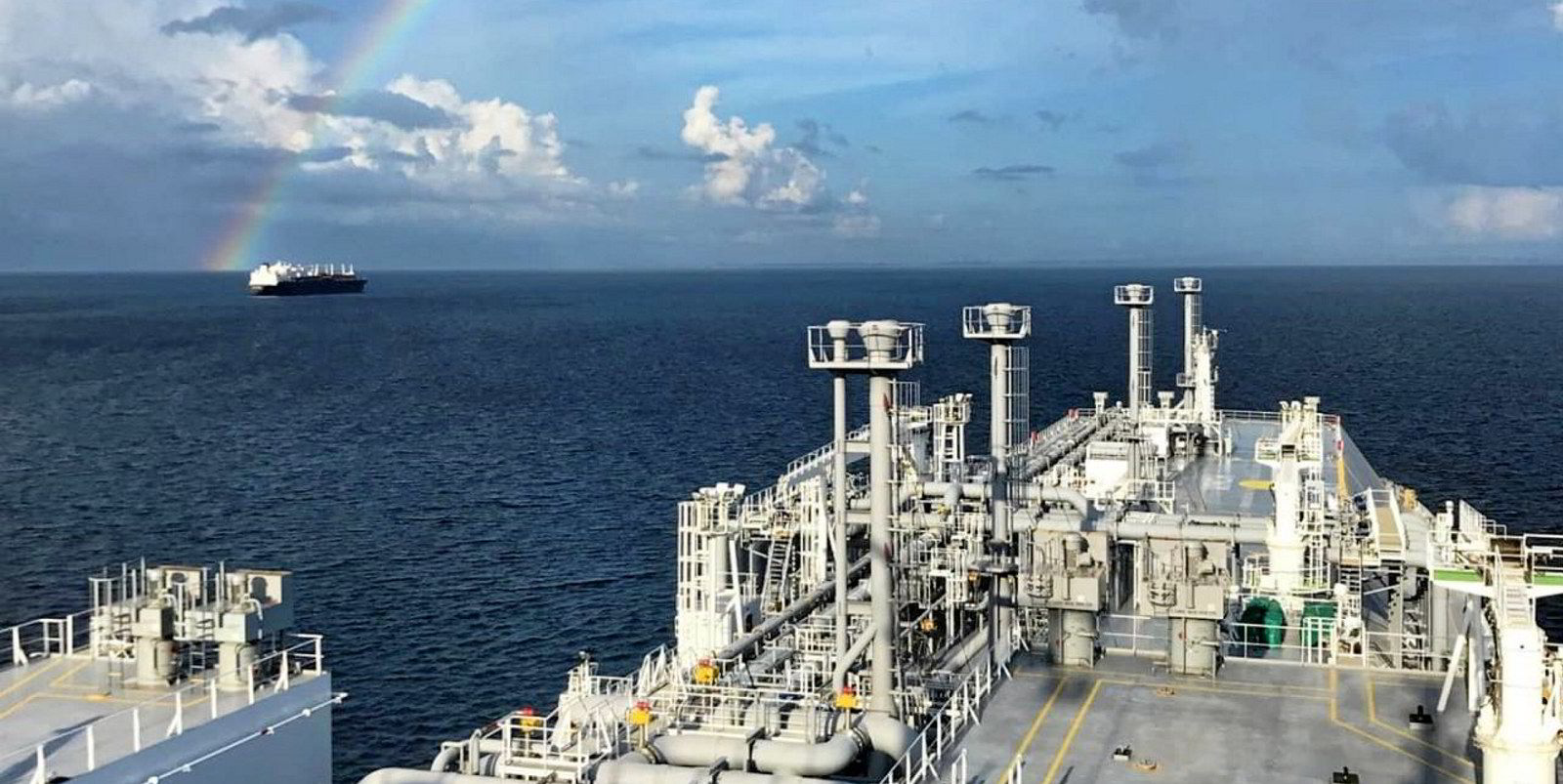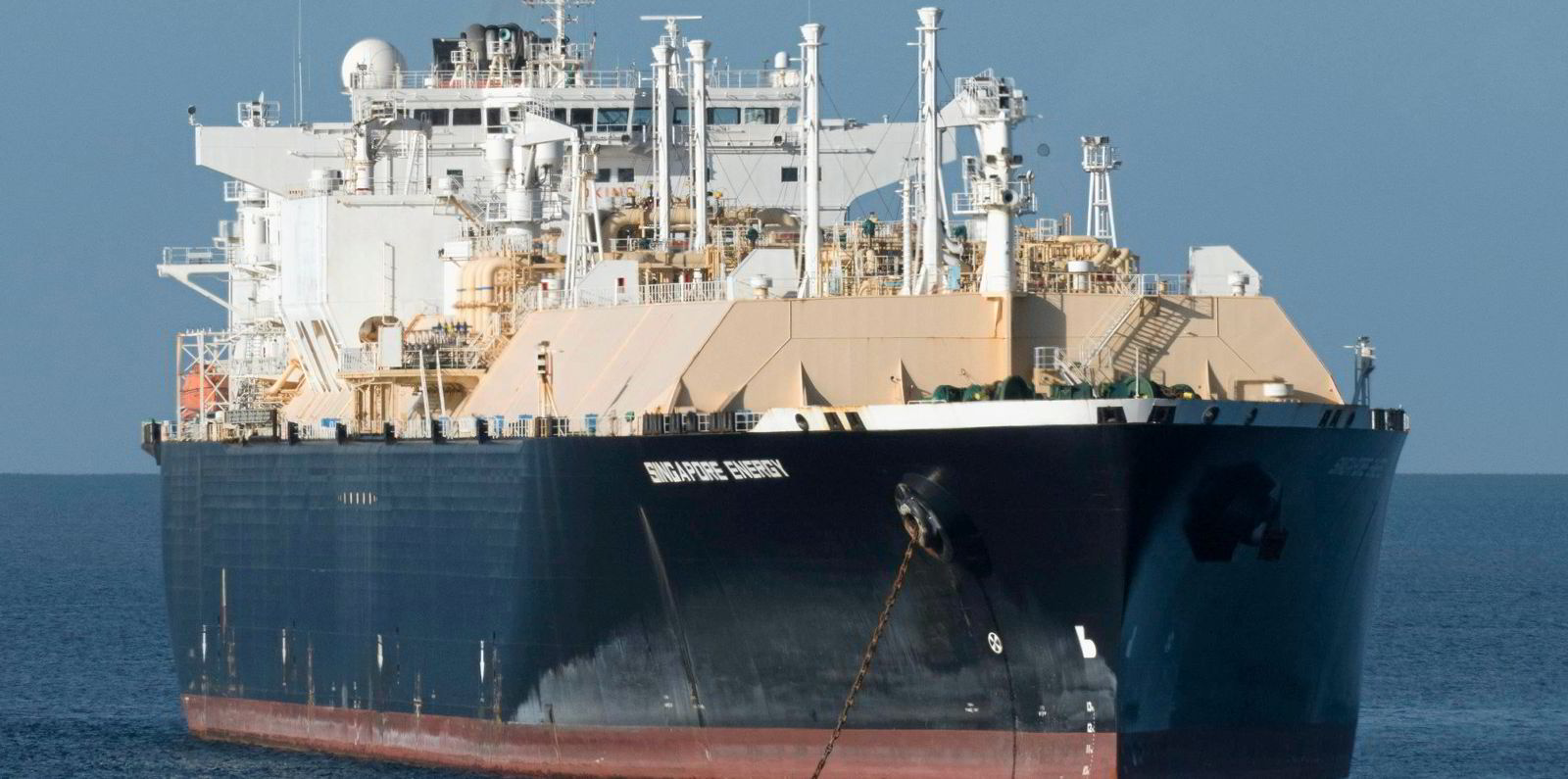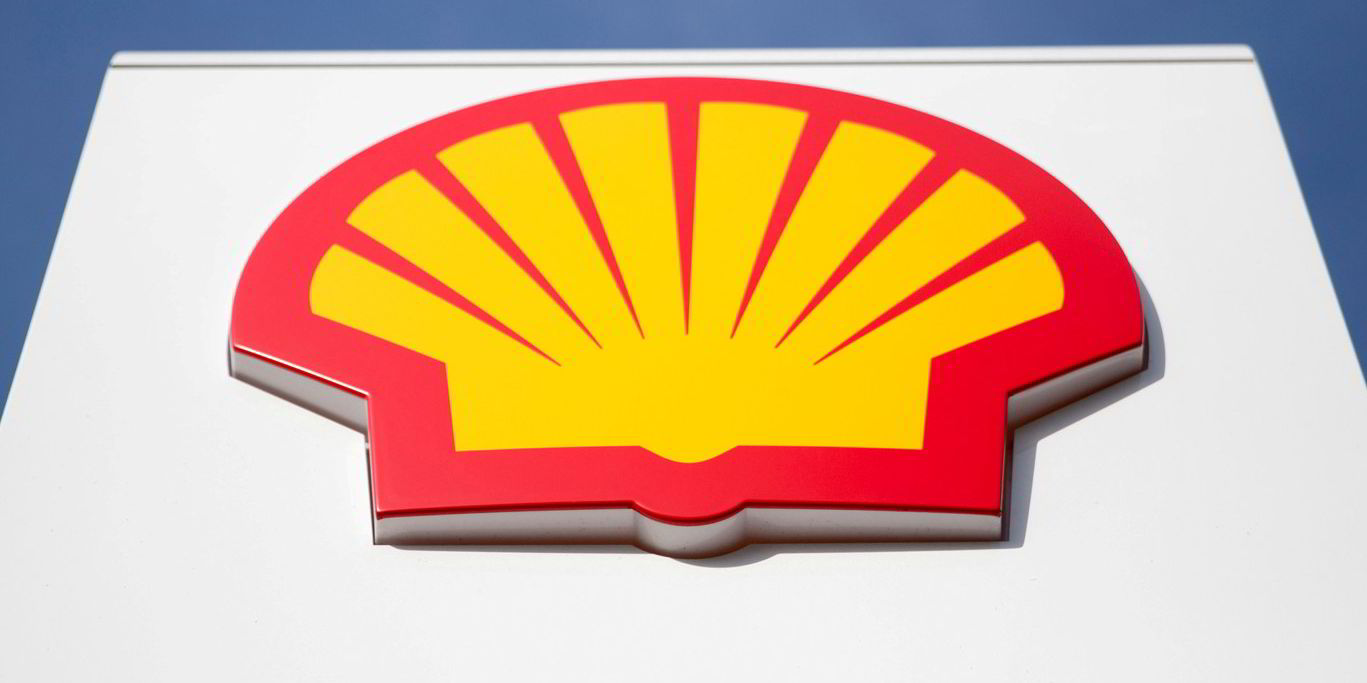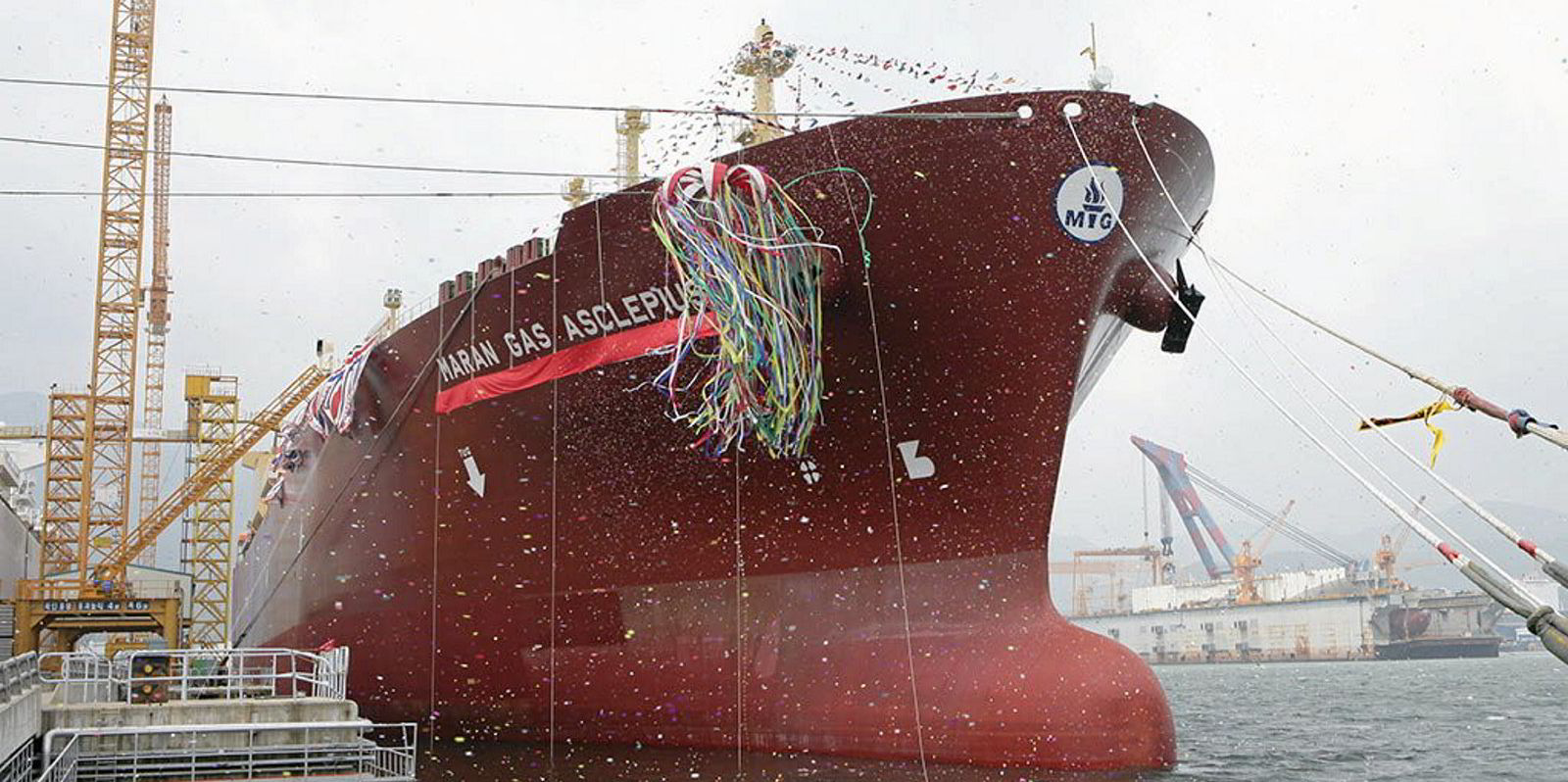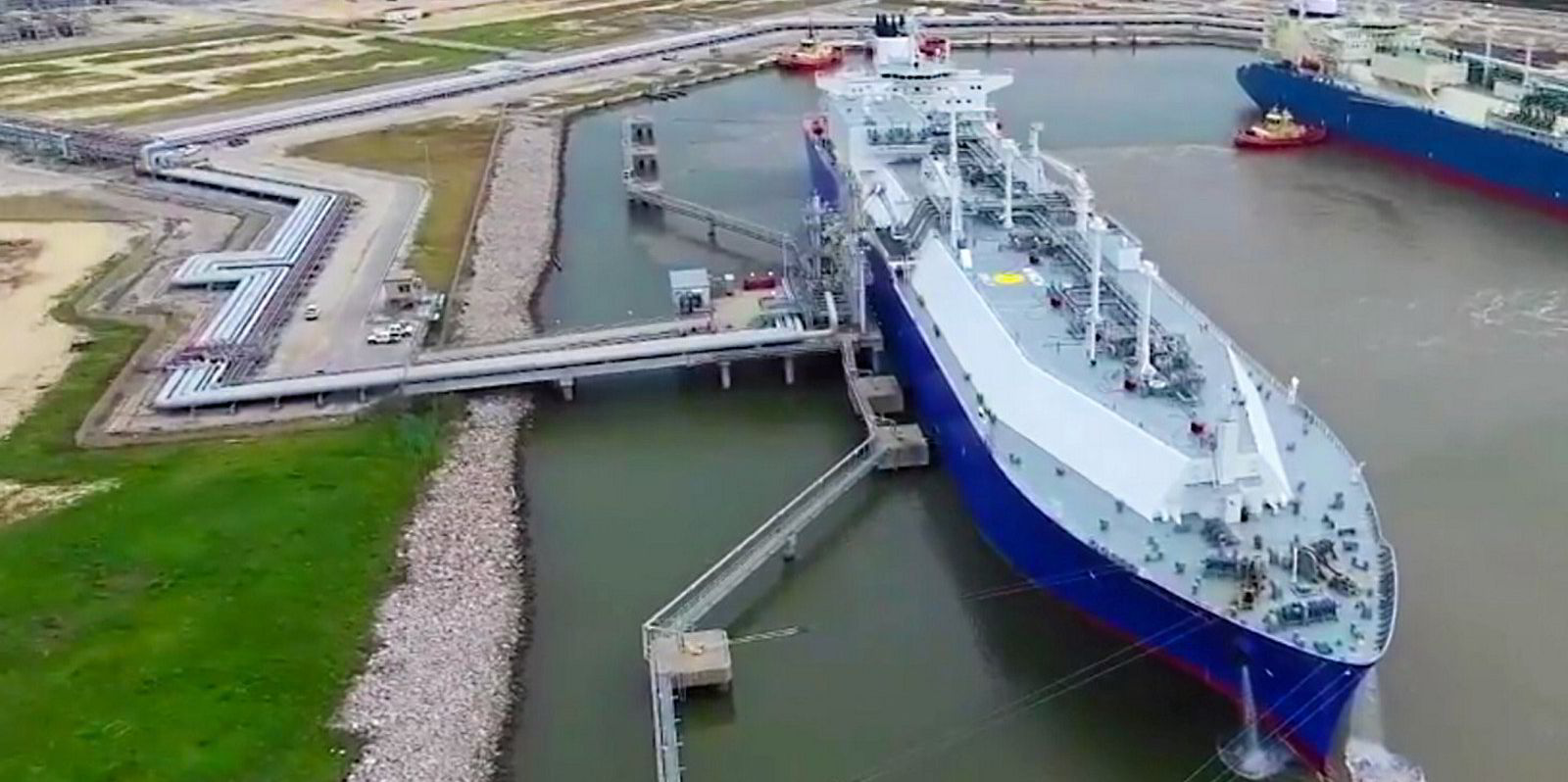Spot charter rates for LNG carriers could soar further as cargoes continue to be pulled eastwards on longer shipping routes, according to broker and consultant Poten & Partners.
In its 26th LNG webinar of 2020, head of LNG shipping analytics Jefferson Clarke said the current strong gas prices in Asia mean charterers can afford to pay higher rates while maintaining positive operating margins.
“So there is still movement for rates to go even higher,” he said. “But the difficulty is there are just no vessels available.
Turnaround
“What a difference a half year can make," Clarke said.
He highlighted that in May Poten was quoting its benchmark LNG carrier rate on a 160,000-cbm, tri-fuel diesel-electric (TFDE) vessel at $33,000 per day – a weak level not seen since 2017.
Clarke said Poten was not forecasting spot charter rates to rise above $40,000 per day for several years.
Last week Poten quoted its TFDE rate at $130,000 per day in a market where there are now zero vessels available for charter.
Rates are at the highest they have been in two years, the analyst said.
“Although we still think this is a seasonal bump, we do not see it dropping prior to the winter ending.”
Cautious charterers
Clarke said the only available vessels are sublets from charterers trying to optimise their portfolios.
He said the coronavirus pandemic has made them more cautious and willing to have length in their shipping fleets.
Clarke said LNG export volumes have just returned to last year’s levels, with around 108 cargoes being exported per week. This recovery is almost entirely driven by US supply.
But he said shipping demand is also affected by cargo destinations and vessel speeds.
Poten data shows the average voyage days have risen by 8% from 13.7 days in 2019 to 14.8 days this year.
Clarke also highlighted that more ships are sailing from the US to Asia via the Cape of Good Hope, with 45 vessels taking this route in 2019 compared to 106 in 2020.
Safety valve
“The LNG shipping fleet has become a safety valve for volatile LNG demand, limited onshore storage in many of the import markets and other infrastructure constraints through the fleet speed and floating storage,” he said.
Clarke said the LNG fleet is continuing to grow, expanding 6% this year to 529 conventional trading vessels. In 2021, it is forecast to grow by another 10% based on the current orderbook, he added.
“Fleet growth does remain a concern in this market,” Clarke said.
On top of this he listed three “big wildcards” – the use of vessels for floating storage, logistical disruptions such as those seen in the Panama Canal, and the redelivery of steam turbine ships - that could alter the picture.
For 2021 Poten has a base-case forecast which sees its LNG benchmark rate bouncing between $40,000 and $60,000 per day. But the broker has added a high case in the event more cargoes are shipped to Asia and tonne miles rise.
Longer term Poten sees rates averaging $40,000 per day in 2023 when the current orderbook has been delivered. But it sees upside if companies opt to switch out steam turbine tonnage.
